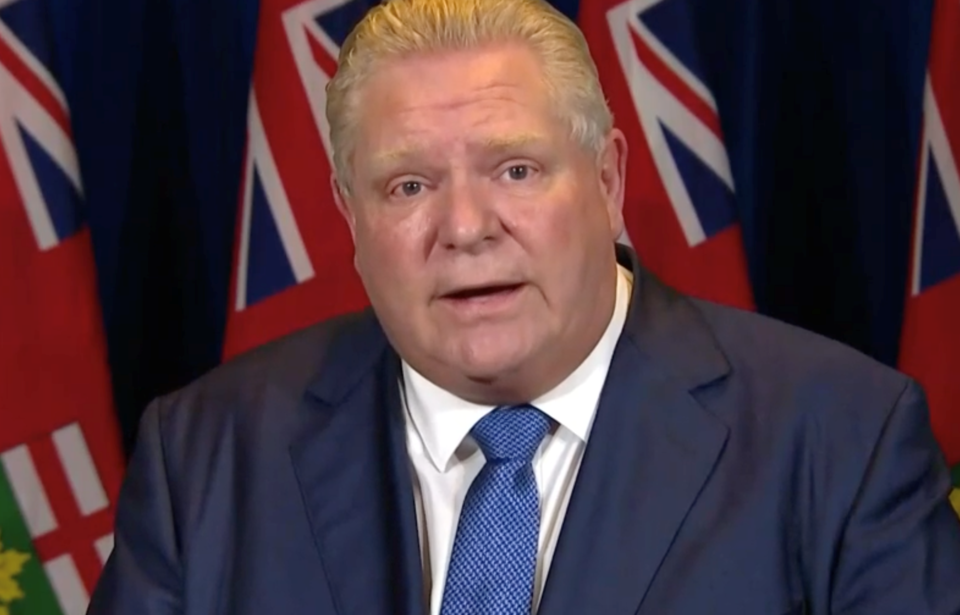While Ontario appears to have avoided (for now, anyways) a government-versus-labour showdown, it is worth pointing out that things could not be more different in this province.
Last week saw two major contract agreements reached with B.C. doctors and teachers. Assuming they will be ratified by their memberships, the deals take what could have been major problems off the table.
As of this column’s writing, the Doug Ford government in Ontario has pulled back from the brink of a major showdown with CUPE school support workers, thus avoiding what potentially could have turned into a massive strike involving several unions.
But that does not mean all is well and good when it comes to labour relations in Ontario. A rocky road still lies ahead.
Meanwhile, in B.C. significant progress is being made when it comes to new collective agreements covering almost 400,000 unionized employees in the public sector.
So far, about 223,000 of those employees are covered by new agreements (some of them still awaiting ratification).
Other than a brief strike by BCGEU liquor distribution workers, there have been no disruptions tied to contract negotiations. The deals that have been reached are essentially the same ― about a 14 per cent wage increase over three years ― with language and salary grid changes unique to each situation.
The two surprise agreements are the ones with doctors and teachers.
Historically, the B.C. Teachers Federation has had more trouble at the bargaining table than any other union, resorting to strike action a couple of times.
Not this time.
Assuming the membership ratifies the tentative agreement, the deal puts B.C. teachers in the “top tier” when it comes to pay across the country.
But the truly historic deal is the one with B.C. doctors, especially family physicians.
Currently paid an average of $250,000 to $300,000 annually, family doctors will now make $385,000 (plus have a large share of their overhead and administration costs funded). On top of that, the new payment model overhauls what a physician’s pay is based on and will now include how much time a doctor spends with a patient and how complex their medical needs are.
The new payment model will not solve the family doctor shortage overnight, but it will undoubtedly persuade new medical students to take up the specialty of family practice, as well as attract doctors from across Canada and doctors currently working as hospitalists.
Of course, there are still some contracts that have yet to be renegotiated. The two most challenging ones are the ones with B.C.’s nurses and paramedics. The government has recently launched a number of initiatives involving nurses ― increased security in health care facilities, more nursing student spaces, etc. ― which may help get a new deal across the line.
B.C. used to be known as the land of epic labour confrontations (the Solidarity protests of the 1980s, the BC Liberal government’s stripping of collective agreements for health care workers and teachers). Labour protests were a regular thing on the legislature front lawn.
But now Ontario seems ready to become the new battleground, pitting ideological forces against each other.
Keith Baldrey is chief political reporter for Global BC.



.jpg;w=120;h=80;mode=crop)
